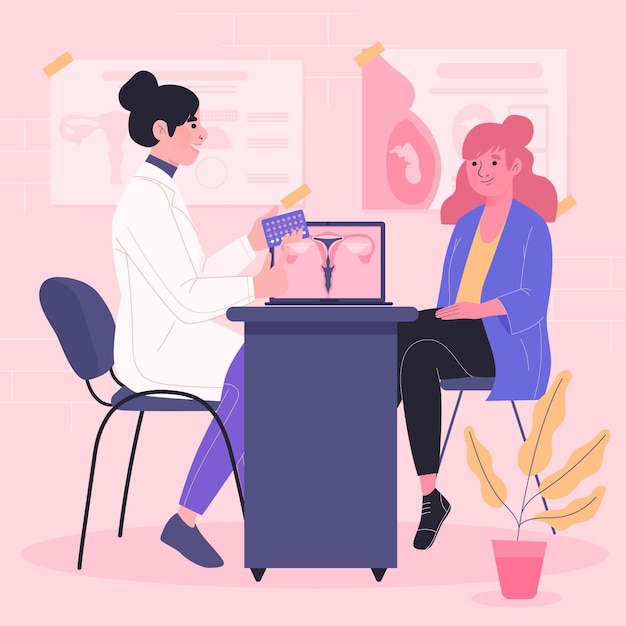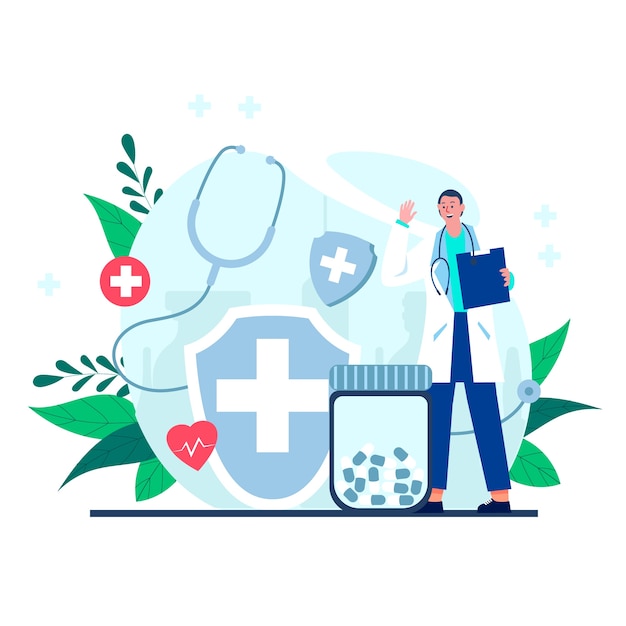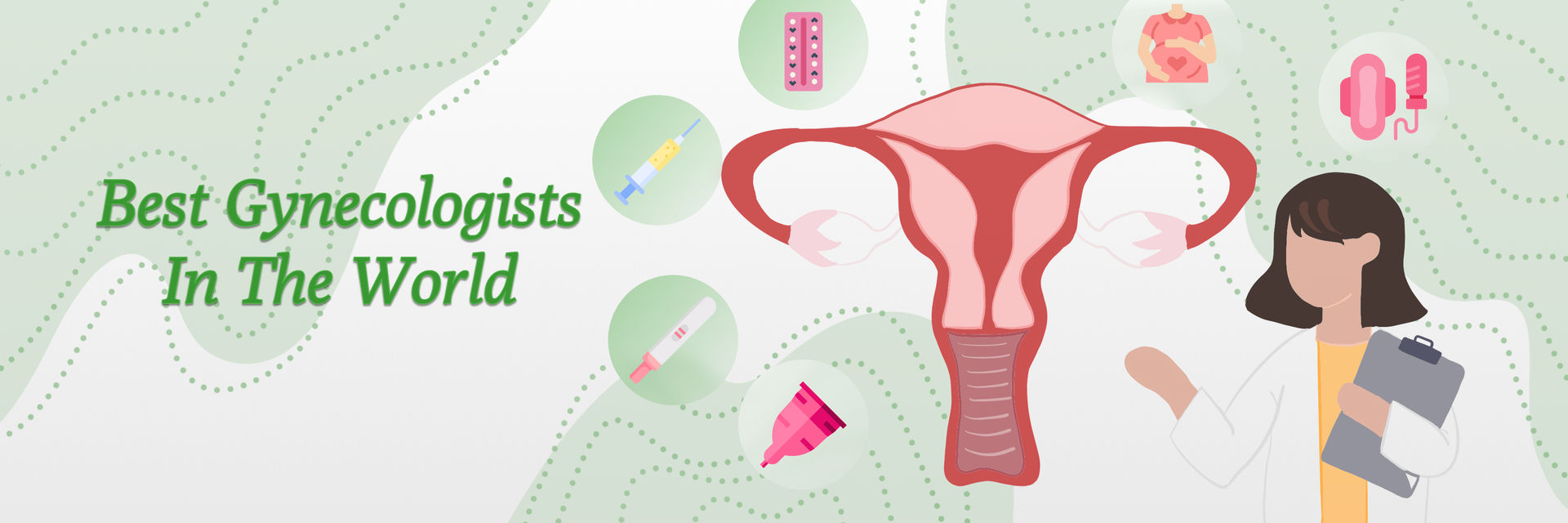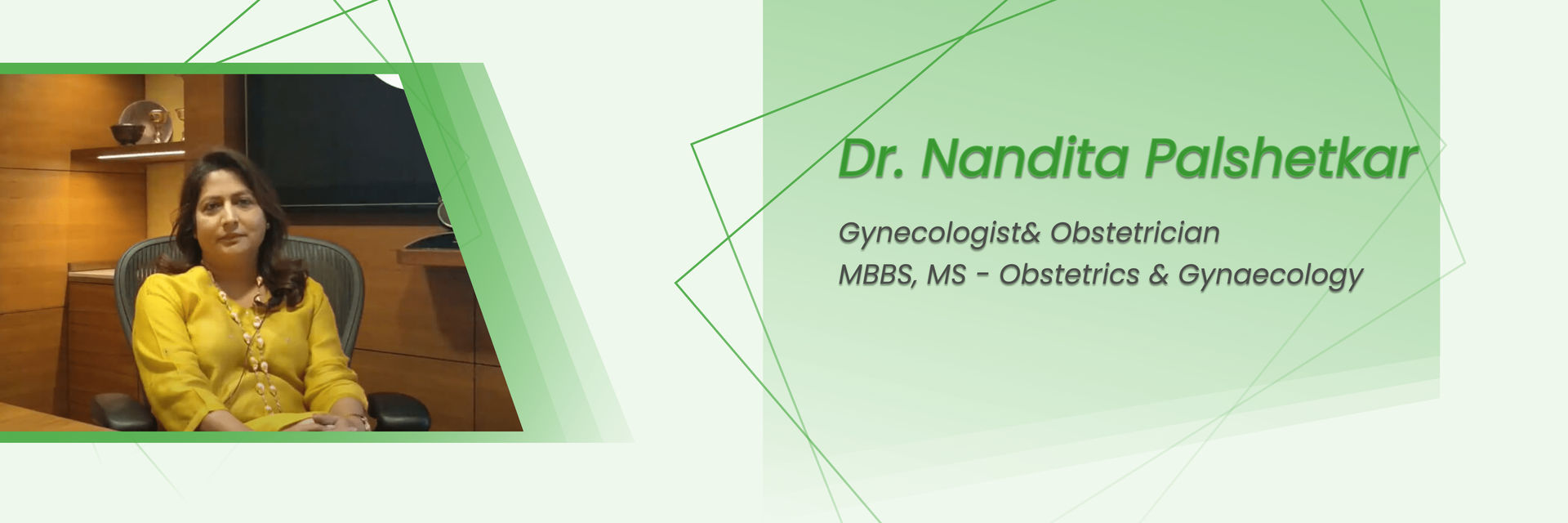Wondering if fibrocystic breasts can occur after menopause? Read below to learn about it!
Can fibrocystic breast changes occur after menopause?

Fibrocystic breast changes mean that a woman's breasts might feel lumpy or sore. This happens because of thicker tissue or fluid-filled sacs. These changes often occur due to hormones during a woman's monthly cycle. Many women—more than half, experience this, especially between the ages of 30 and 50. Fibrocystic breast disease after menopause is very rare. Fibrocystic breast after menopause is not common in older women unless they are taking estrogen.
Empower yourself with knowledge about fibrocystic breast changes, even after menopause. Contact us today for insights and support.
Think you know all the signs? Let's dive deeper.
What are the symptoms in menopausal women with fibrocystic breasts?

Symptoms of fibrocystic breast disease after menopause are like those in premenopausal women. However, these symptoms might be milder in menopausal women. This is because fibrocystic breasts occur due to hormonal fluctuations during reproductive age.
So, the symptoms of fibrocystic breasts after menopause include:
- Lumpy or rope-like breast tissue.
- Pain or discomfort in the breasts.
- Swelling or a feeling of fullness in the breasts.
- Pain or discomfort under the arms.
- Breast lumps that might not necessarily change in size with a menstrual cycle. (since menopausal women don't have regular menstrual cycles).
Did you notice any such symptoms?
Don't worry, schedule your appointment today
How is fibrocystic breast disease diagnosed in menopausal women?

The methods to diagnose fibrocystic breast disease after menopause include:
- Clinical Breast Examination (CBE): A physical exam of the breasts
- Mammography: an X-ray to identify breast tissue changes
- Ultrasound: Used to determine if a lump is solid or a fluid-filled cyst.
- Fine-needle aspiration: A needle extracts fluid from a suspected cyst to analyze it.
- Biopsy: If a lump seems suspicious, tissue is taken to be examined under a microscope.
- Medical history and symptom review. The doctor inquires about symptoms and relevant factors, like hormone therapy.
Interested in understanding the diagnosis of fibrocystic breast disease in menopausal women? Don't hesitate to reach out to us today for personalized insights and information.
What are the treatments for fibrocystic breast disease after menopause?

The treatment options for fibrocystic breast changes focus on alleviating the pain. The treatment options for cystic breasts after menopause include these:
- Adjustment of Hormone Replacement Therapy (HRT). If a woman is on HRT and experiencing fibrocystic breast after menopause. The doctor might adjust the dosage or suggest stopping the therapy to see if symptoms improve.
- Treatment with nonsteroidal drugs like Tamoxifen, bromocriptine, or danazol may be prescribed.
- Wearing a supportive bra A well-fitting, supportive bra can help alleviate breast pain and discomfort.
- Fine-Needle Aspiration. If a cyst is causing discomfort, it can be drained using a fine needle.
- Dietary Changes. Some women find that reducing their caffeine or salt intake might help with cystic breasts after menopause.
Is there an increased risk of breast cancer with fibrocystic changes in menopausal women?

Fibrocystic breast disease after menopause is benign. They do not increase the risk of breast cancer.
A biopsy for fibrocystic changes might show benign conditions. They include atypical ductal hyperplasia (ADH) or atypical lobular hyperplasia (ALH). These can slightly raise the risk of breast cancer. Most fibrocystic changes like simple cysts do not increase cancer risk.
Ready to take control? Here's how your lifestyle can help.
Can diet and lifestyle changes help manage fibrocystic breast changes in menopause?

Yes, diet and lifestyle changes can help manage the symptoms of fibrocystic breast disease after menopause:
- Limit Caffeine and Salt: Some women relieve symptoms by reducing caffeine or salt intake.
- Maintaining a Healthy Weight: Being overweight can exacerbate symptoms. It is also linked to a higher risk of breast cancer.
- Wear a Supportive Bra: This can help reduce pain and discomfort, especially during physical activity.
- Vitamin E and Evening Primrose Oil: Some studies suggest these might help reduce breast pain, though results are inconclusive.
- Regular Exercise can help manage hormonal fluctuations. It is effective in reducing symptoms for some women.
- Limit Alcohol and Smoking. Both can influence hormone levels and breast health.
Prioritize your well-being. Call us today to schedule your appointment and explore how diet and lifestyle changes can help manage fibrocystic breast changes during menopause.
Spotted something unusual? Here's your next step.
What should I do if I notice a new lump or change in my breast after menopause?
If you feel something unusual in your breast, like a lump in your breast or under your arm. Or, if your breast changes in size or shape. You should immediately see your doctor to find out if it is due to fibrocystic breast disease after menopause.
Does fibrocystic disease raise breast cancer recurrence risk in menopausal women?

Fibrocystic breast disease is not directly linked to an increased risk of breast cancer. The chances of breast cancer recurrence prevail in women with a history of breast cancer. It is irrespective of whether they have fibrocystic breast disease or not. Fibrocystic breasts are very rare in women aged between 30 to 50. However, Over 50% of women experience this condition at some point. Hence, any fibrocystic breast changes do not impact the chances of breast cancer in menopausal women.
How often should menopausal women with fibrocystic breast disease have breast exams?

For menopausal women with fibrocystic breast disease:
- Mammograms: Typically, get one every 1-2 years, starting around age 40 or 50, but it can vary based on individual risk.
- Clinical Breast Exams: Regular check-ups by a doctor can help monitor any changes, even if they aren't always mandatory.
It's best to talk to your medical expert for specific advice.
References:
https://medlineplus.gov/ency/article/000912.htm






